5 key activities in validating product-market fit during mvp for AI SaaS
The article covers 5 key activities to validate product-market fit during MVP for AI SaaS. These include collecting user feedback, setting KPIs, iterative improvements, pricing tests, and go-to-market strategies, all essential for accelerating AI SaaS growth and reaching PMF efficiently.
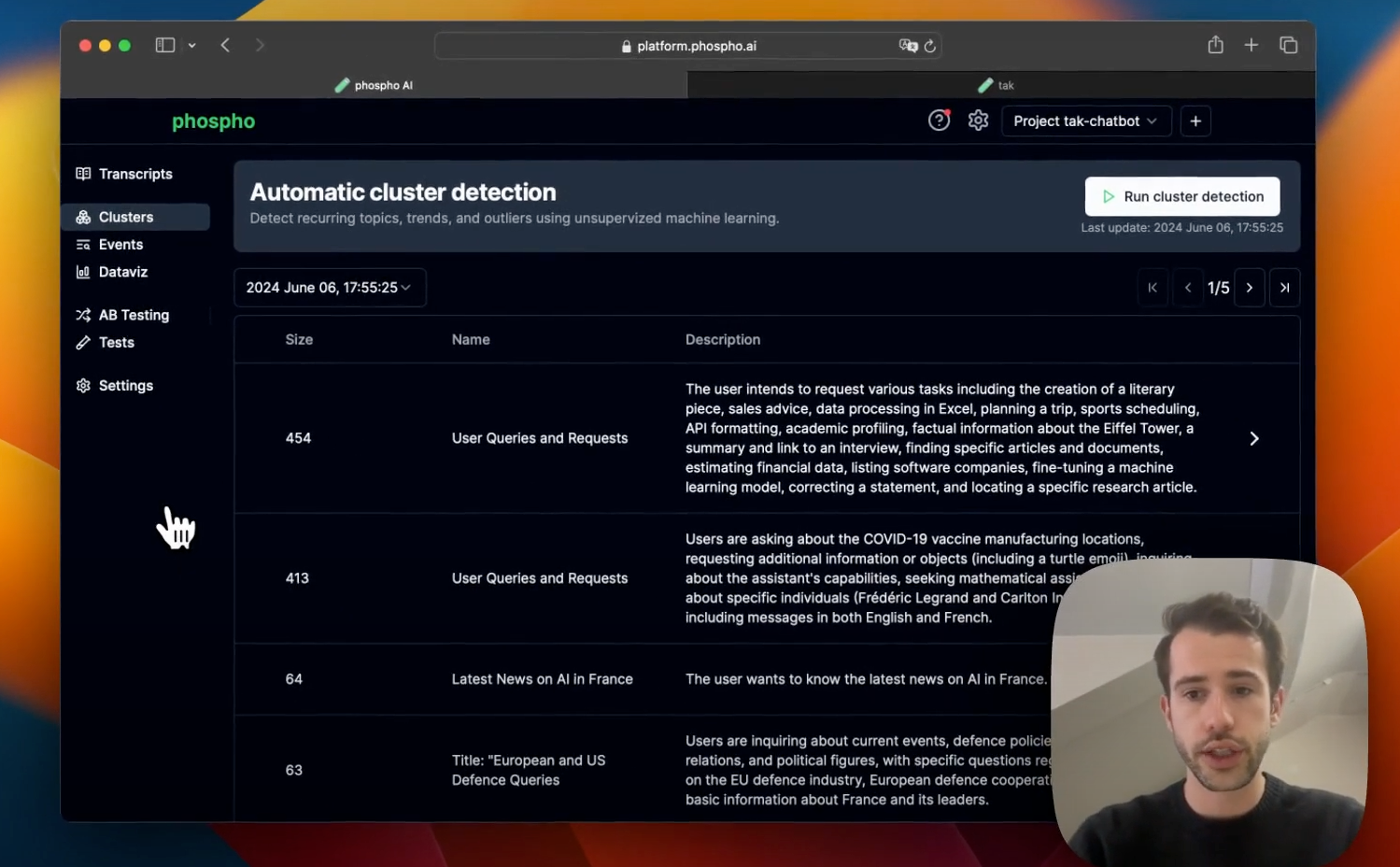
Exciting news, phospho is now bringing brains to robots!
With phosphobot, you can control robots, collect data, fine-tune robotics AI models, and deploy them in real-time.
Check it out here: robots.phospho.ai.
Product market fit (PMF) is defined as being in a good market with a product that can satisfy that market. Despite its importance, detailed guidance with actionable steps on achieving PMF is often lacking in many articles.
We’re all aware of the high failure rate of startups, but what’s often left out is the biggest reason:
Most of them did not reach product market fit (PMF) during the MVP phase.
90% of startups fail, with a lack of market need being one of the primary reasons (CB Insights).
More often than not, AI SaaS companies are only a slight pivot away from opening themselves up to the right market and use cases.
In this article, we’ll be showing you the 5 key activities in validating product-market fit during mvp phase with actionable tips and guidance.
These steps will also include tools you can use to test hypotheses and gain user understanding to ensure we iterate towards PMF as efficiently as possible. See the 5 best tools for software QA here.
Key 1 - Conduct Targeted User Research and Feedback Collection
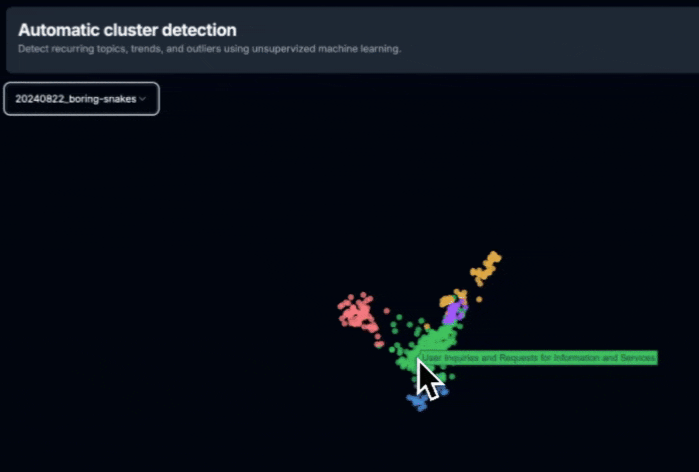
You need to be clear on the exact problem your AI SaaS is solving, and collect targeted feedback to understand whether your product is successfully doing that.
We can get feedback from our users or target customers in both manual and more scalable ways:
- Surveys and interviews (manual) Ask a set of questions that provide insights into their biggest pain points and unused features so you’re clear on what to improve or eliminate from your MVP.
- 1:1 sessions (manual) Similar to surveys but can be more specific and open ended with questions for deeper or more nuanced understanding.
- In-app prompted feedback (Scalable) Built-in product feedback loops such as ratings, feedback buttons, chat support, and pop-up widgets are a good way to continuously validate assumptions and gauge how well your AI SaaS is meeting user needs.
- App usage analytics (scalable) Integrate analytics platform like Phospho to collect live data on how users are engaging with your AI SaaS for real-time insights. You can annotate user interactions and link user feedback to get a deeper view into edge cases or UX problems that you cannot get from surveys and interviews.
The success of your AI SaaS will be determined by how well it meets the needs of your target users.
So start segmenting early adopters into personas and industries to get specific about who your target customer really is based on your feedback - this is really important for finding PMF with targeted go to market strategies (we’ll get back to this topic in key 5 below).
When collecting feedback in scalable ways you have feedback channels that can continuously provide you with patterns and insights to guide iterative improvements.
Look at this previous article to see the 4 best analytics tools to leverage the feedback you collect.
Key 2 - Define Success Metrics Early On and Track KPIs
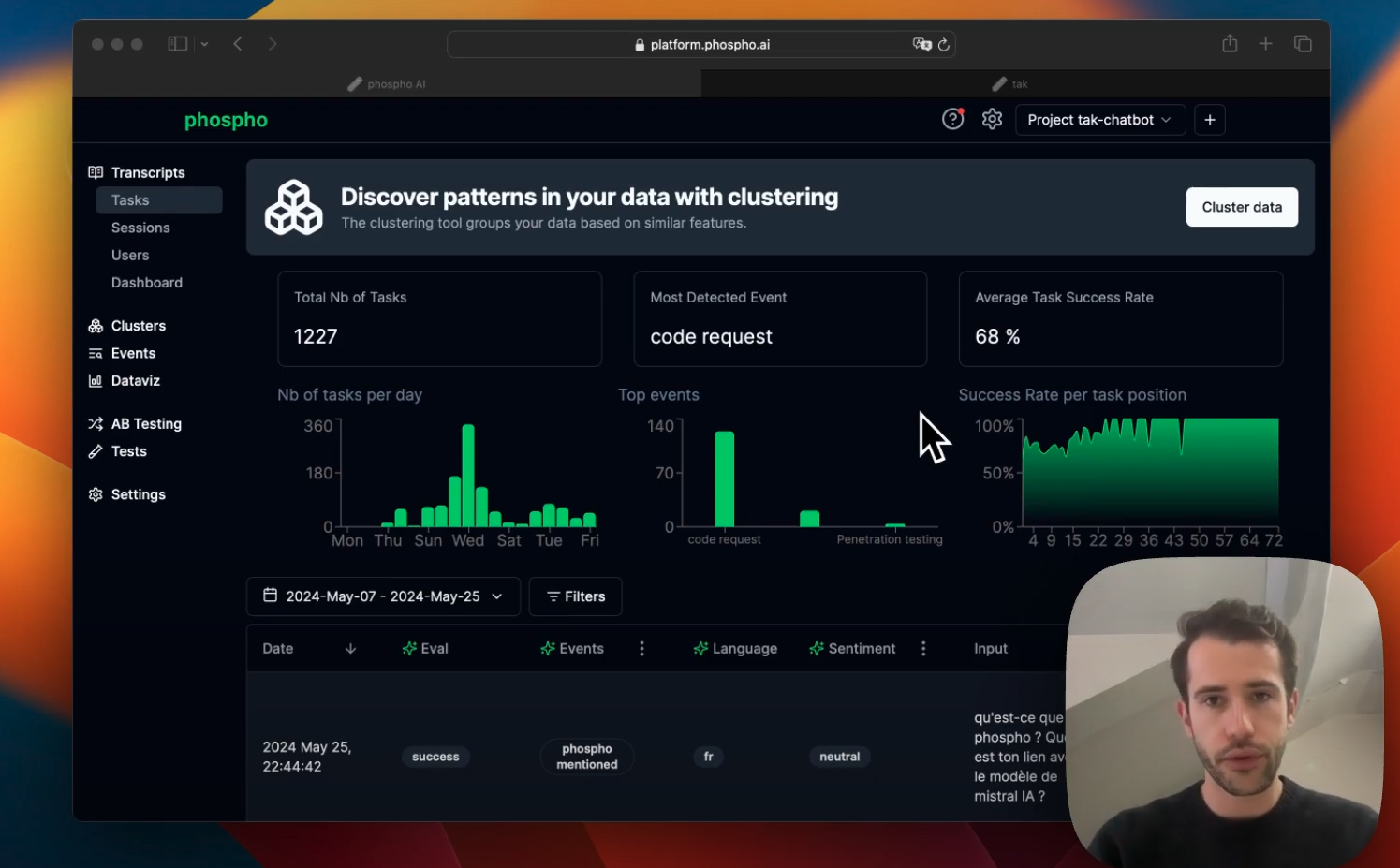
The clearest way to assess and validate our PMF at the MVP stage is through success metrics and KPIs that reflect user engagement, retention, and satisfaction.
These help turn usage patterns and behaviours into measurable data for deep insights, and qualitatively show whether we’re trending towards PMF. Let’s take some examples:
- Quantify User Engagement & Satisfaction Set up analytics tools like Phospho to monitor how much engagement different features are getting - high engagement and satisfaction rates would indicate you’re solving a real problem.
- Measuring Retention Measure how long users stick around on your AI SaaS - if users are churning it’s a sign of unmet market needs.
- Time to Value Realisation By correlating usage patterns like duration and frequency against retention rates you can understand how long it takes before a user realises the value from your AI SaaS. Minimising this time lag will lower the risk of churn from new users which is critical for reaching PMF.
Setting these metrics and KPIs can also help verify which user groups or segments are finding the most value in your AI SaaS to guide your target market strategy to optimise for faster PMF.
With Phospho you can create custom KPIs using natural language, this gives you complete flexibility to set specific metrics tailored for any hypothesis, use case or scenario to measure what really matters to you and your AI SaaS.
You can also let Phospho automatically monitor your AI SaaS to alert you when any patterns, specific interactions, or trends meet your defined criteria to indicate signs of PMF.
This lets you automate and track metrics in real-time for faster data driven decisions to accelerate your path to PMF.
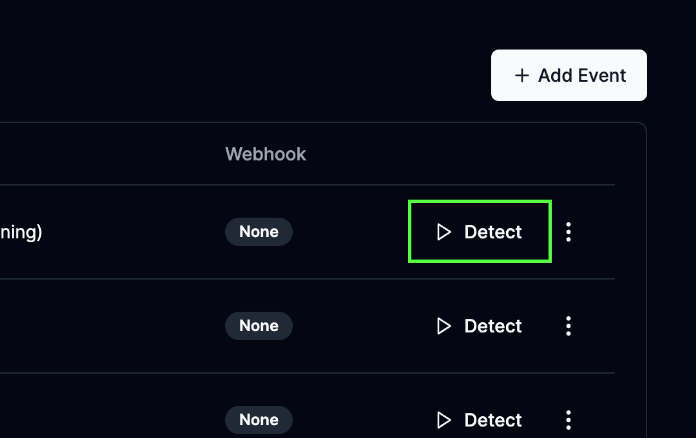
Key 3 - Run Continuous Iterations Based on Data-Driven Feedback
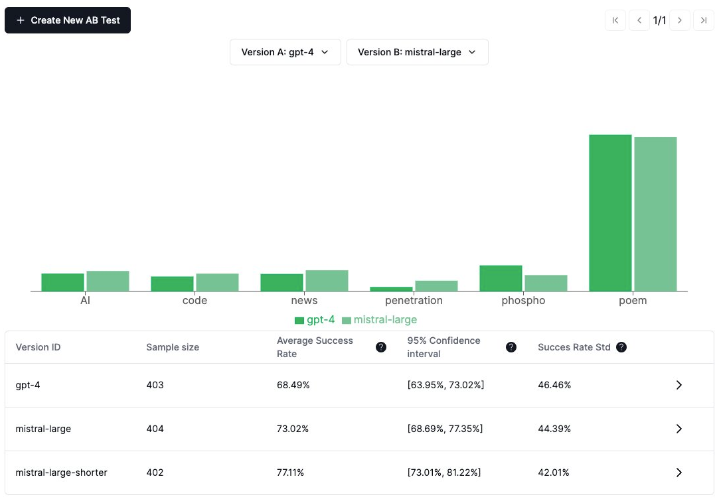
Every path to PMF is iterative. Leveraging feedback and deep understanding of users with analytics tools like Phospho should guide fast iteration cycles based on real user needs and understanding.
User-driven iterations in this way ensure you are always moving closer to validating PMF during the MVP stage of your AI SaaS.
Let’s quickly break down this iteration and feedback loop into some actionable tips:
- Firstly, analyse user data! It’s crucially important to adjust and optimise your AI SaaS with each iteration based on observed and measurable feedback using concrete data. The more visibility we have into our users’ preferences and pain points the better we can optimise our AI SaaS for PMF.
- Perform A/B tests on different product versions, UI/UX designs, or even pricing models. Experiment with different approaches to see which ones resonate the most with your users and reach success metrics the most (see above image).
- Don’t be afraid to pivot! If feedback is constantly suggesting your AI SaaS is not adequately solving the core problem don’t hesitate to try a new approach, but remember to leverage the understanding you gained thus far.
Try integrating Phospho to automate your insights gathering and feedback collection with continuous real-time monitoring of user interactions.
Key 4 - Create and Test Pricing Models to Assess Willingness to Pay
Product development isn’t the only concern to validate PMF with your AI SaaS. Pricing is another important factor to get right as understanding your users’ willingness to pay can be the difference between success and failure.
There are a few practical ways to test different pricing models during the mvp phase:
- Ask your users via surveys on their feelings towards different pricing tiers such as freemium, subscriptions, or usage based pay as you go.
- Experiment with discounts and offers and see if they impact conversion rates.
- Monitor the churn rate from different pricing models. For example, if users churn a lot after a free trial ends it might suggest users don’t think it’s a fair price.
- Look at what your competitors are charging for similar AI SaaS products and see how they justify their costs with their features, any extras, special offers etc.
Using Phospho for insights into usage patterns or engagement rates from your users at different pricing tiers could be invaluable to understand what your users are willing to pay for.
Key 5 - Build a Scalable Go-To-Market Strategy
Having the right go to market strategy can enable:
- More efficient customer acquisition
- Faster feedback collection to inform iterations
- Consistent market validation
How can you start?
We mentioned earlier in this article how we can use Phospho to view sentiment and engagement rates across different user segments.
There will be patterns in the most engaged users for you to understand the best target audience for your AI SaaS. Identify the most effective acquisition channels for them e.g SEO, content, paid ads, and tailor your messaging to resonate with this target audience.
By using data-driven confidence to repeatedly target the right audience, you can invest resources efficiently into the highest leverage channels to maximise acquisition and growth.
Tip: reinforce this with referral incentives to boost organic growth.
Optimising your approach for maximum growth means you can gather far more feedback which leads to faster iteration cycles towards more PMF.
We can start to see how the right approach creates a positive knock on effect…
So a scalable and repeatable GTM strategy lends itself to capturing more market share quicker when you find PMF which can give you a significant edge over competitors.
Conclusion: Final Thoughts on Validating Product-Market Fit During MVP for AI SaaS
Finding product market fit is goal and north star for your AI SaaS, and by implementing the 5 keys in this article you are significantly improving the likelihood of reaching PMF.
Want to take AI to the next level?
At Phospho, we give brains to robots. We let you power any robot with advanced AI – control, collect data, fine-tune, and deploy seamlessly.
New to robotics? Start with our dev kit.
👉 Explore at robots.phospho.ai.
